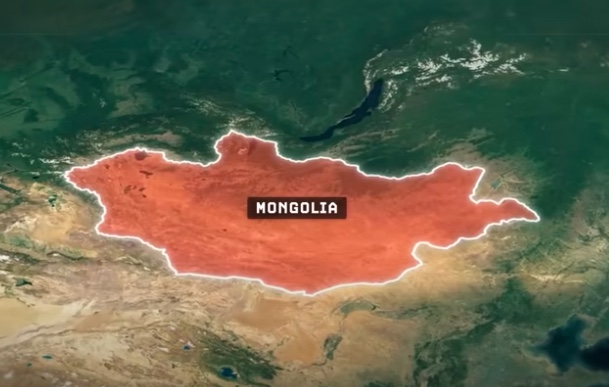Mongolia, a vast and sparsely populated country, intrigues many with its expansive landscapes that remain mostly uninhabited.


The question arises: why is 99.7% of Mongolia so empty? A closer look reveals a complex interplay of historical, geographical, and cultural factors that have shaped this unique demographic distribution.
Historically, Mongolia’s population has been dominated by nomadic lifestyles, which are ideally suited to the vast, unarable steppes that make up much of the country’s terrain. The nomadic way of life, depending on livestock herding, requires large, open spaces for grazing.


This lifestyle has influenced the population density significantly, as urbanization does not align with traditional nomadic practices.
Geographically, Mongolia is landlocked, with harsh climates and difficult terrain that have discouraged dense settlement. The Gobi Desert, one of the most famous features of Mongolia’s landscape, is an arid, rocky expanse not suitable for agriculture.


The climate varies from extremely cold in the winter to very hot summers, conditions that further limit agricultural development and, thus, permanent settlements.
Culturally, the Mongolian people have a deep connection to their land and a strong sense of independence that is tied to their nomadic heritage.


This cultural identity has fostered a preference for the dispersed, nomadic way of life over more concentrated urban living, which is more prevalent in other parts of the world.
In recent decades, however, there has been a slow shift towards urbanization, primarily driven by economic factors. The capital city, Ulaanbaatar, houses a significant portion of Mongolia’s population, as it offers more economic opportunities, educational facilities, and healthcare services than can be found in the rural areas.


This migration has started to create a more marked population density in certain areas, although it remains low compared to other countries.
The economic landscape in Mongolia also plays a crucial role in its demographic patterns. The country’s economy is heavily dependent on mineral mining and livestock herding, industries that do not require large, concentrated workforces. This has resulted in limited urban development and a workforce that is spread across vast distances.


Despite these shifts towards urbanization and economic changes, the vast majority of Mongolia remains untouched by large-scale development.


This has preserved the natural beauty of the landscape, making Mongolia a unique destination for tourists seeking solitude and a connection to unspoiled nature.
Furthermore, the government of Mongolia faces unique challenges due to its low population density. Providing services such as healthcare, education, and infrastructure to a dispersed population requires innovative approaches and substantial investment, challenges that are continuously being addressed through various policies and initiatives.


Looking to the future, Mongolia’s development strategy includes initiatives to boost urban areas and improve infrastructure, which may alter its demographic patterns.
However, the balance between development and preserving the nomadic culture and untouched landscapes is a delicate one.


Mongolia’s vast emptiness is a result of its historical adherence to nomadic lifestyles, challenging geographical conditions, and a cultural bond with the land that prioritizes space and freedom over urban sprawl.
As the country navigates its path toward modernization, how it manages this vast space and its cultural heritage will continue to be a topic of great interest and importance.
Watch the full story below.
Please SHARE this with your friends and family.















